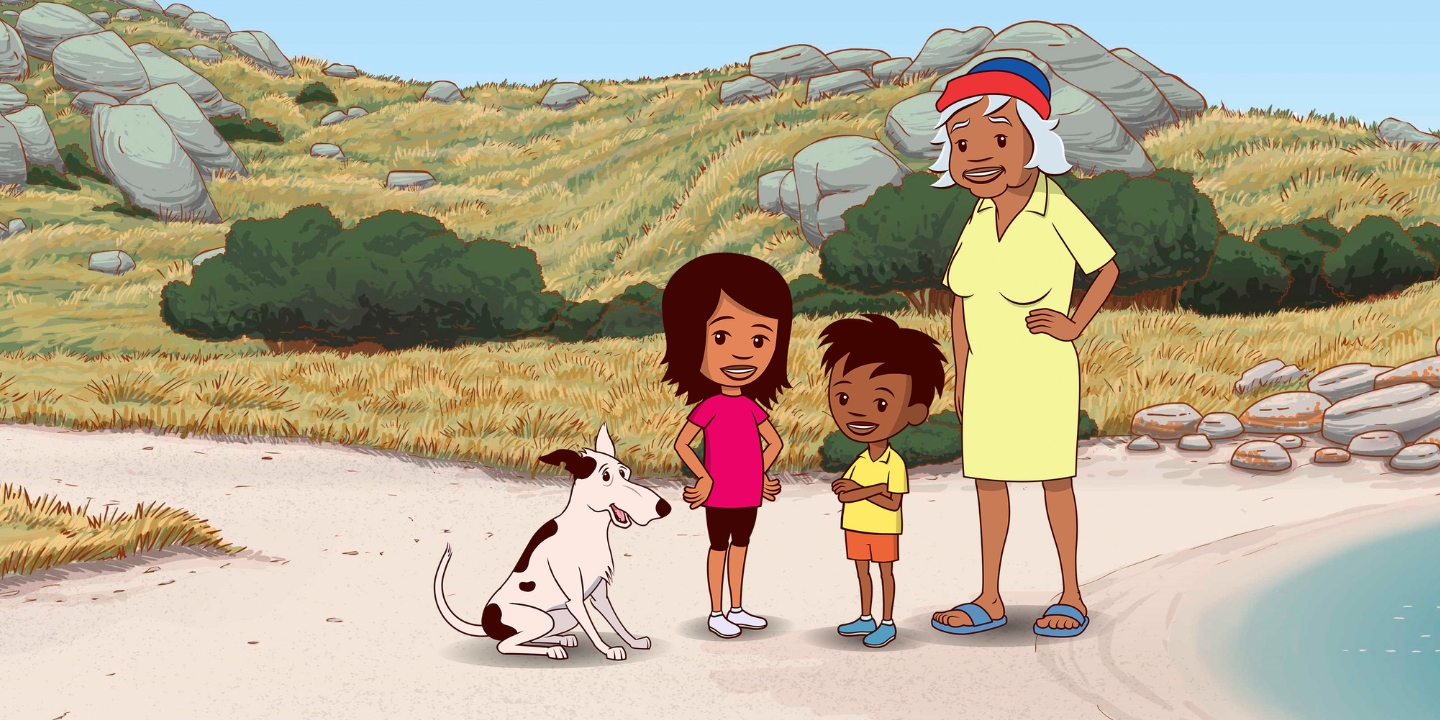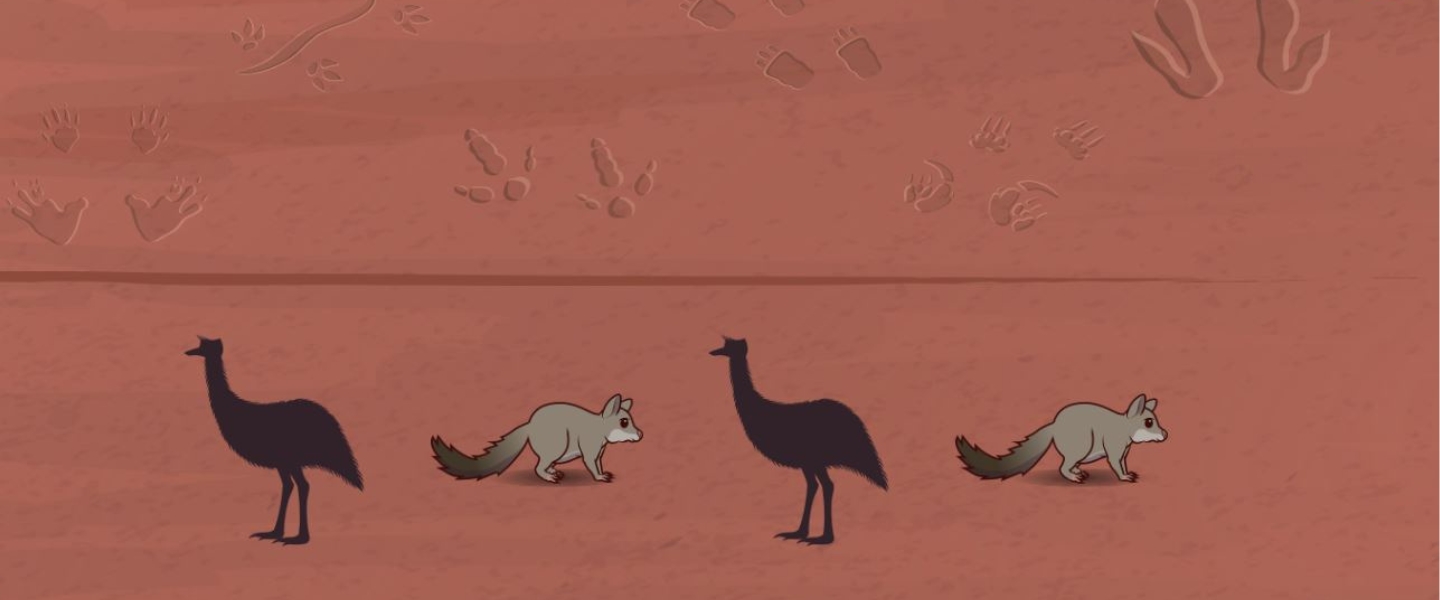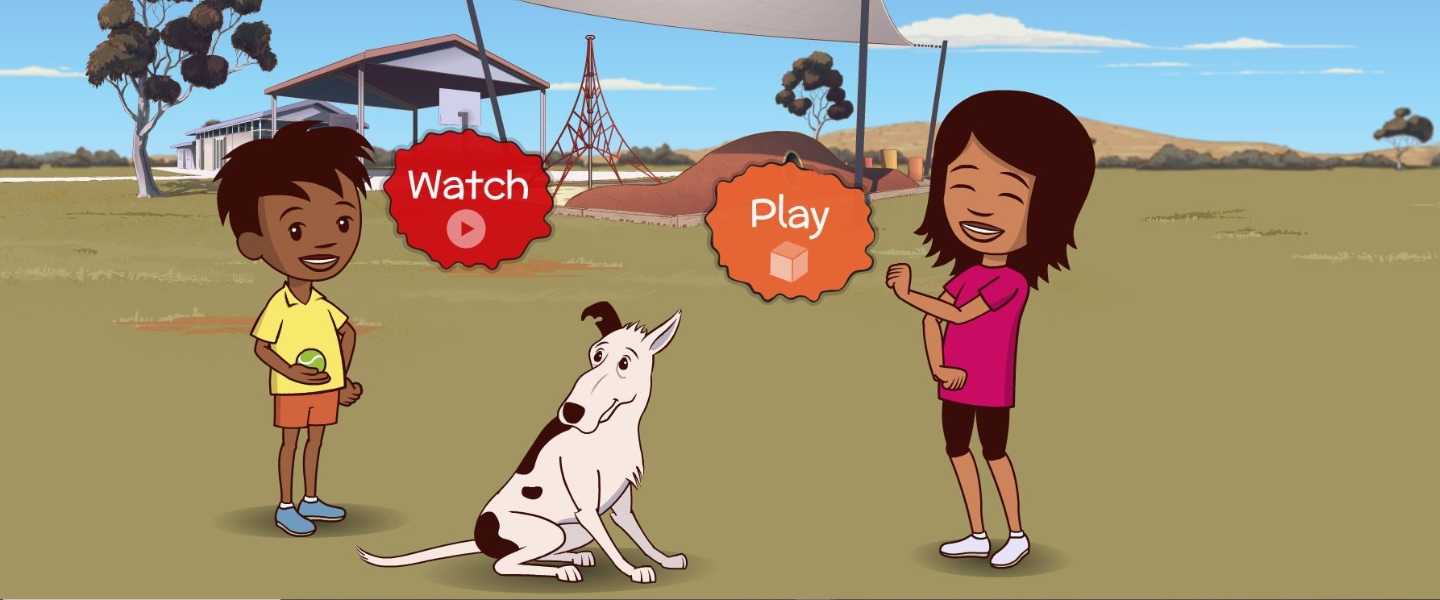
Little J & Big Cuz – they’re back!
ACER news 28 Jun 2024 7 minute readThe fourth season of Little J & Big Cuz will premiere on 8 July, with 10 new stories coming to ABC Kids, NITV and SBS.
Little J & Big Cuz was first released on NITV (National Indigenous Television) in 2017. Just one year later, the first animated children’s show to feature Australian First Nations people was so popular it brought NITV its first Logie and the awards have continued.
Episodes are available in English and 17 First Nations languages, with Kuku Yalanji and Kalaw Kawaw Ya added for the new series – and SBS on Demand also offers subtitles in Arabic, Chinese, Korean and Vietnamese.
When the First Nations Experience (FNX) channel in the United States picked up the series last year, alongside Barrumbi Kids, social media was extensive and exuberant.
So why is Little J & Big Cuz so popular in loungerooms, preschools and schools? Why, during celebrations like NAIDOC Week in Australia, are episodes just as likely to screen in suburban libraries as they are in remote pop-up cinemas under the stars?
There’s no doubt the adventures of the young characters who live with their Nanna and Old Dog are captivating. They learn all manner of things in all manner of environments, including Saltwater, Desert and Freshwater Country, school and on-Country excursions.
The story of how Little J & Big Cuz came to be and how its influence has grown, is just as remarkable. We chose a few comments from people involved with the project to show why it is so special.

How was Little J & Big Cuz conceived?
Australian Council for Educational Research (ACER) CEO Professor Geoff Masters:
‘The question for ACER was what practical contribution we could make to the challenge of helping young children understand the school context, and showing how First Nations’ knowledge can contribute to school learning. We saw benefits for all schools and children in this two-way learning.
‘We settled on the idea of a television program that would be able to reach children in their homes and began several years of reviewing international research, talking with possible partners, and sharing our ideas with First Nations filmmakers, animators, and actors.
‘Little J & Big Cuz was a true partnership project that depended on the expertise, passion and commitment of many individuals, especially First Nations leaders.’
ACER’s Lisa Norris, executive producer on Little J & Big Cuz:
‘I am incredibly proud of the work we have done within the series, but the vision was always bigger, and the accompanying resources are a brilliant addition. With each new series, I hope more educators find their way to the resources ACER has online that tie in with Little J & Big Cuz, because they’re special.
‘They were designed to empower educators in preschools and the early years of primary school to embrace and have confidence in introducing First Nations’ knowledge into the curriculum, and their classrooms.
‘They cover all kinds of themes and topics, from weather to celebrations, games and dinosaurs, to the stars and beyond. There’s something in there for everyone.’

A magical project to work on
Dot West, Noongar woman and scriptwriter (speaking on Radio Goolarri Broome):
‘It’s been magical, being able to be in that little kids’ world and create story and know that the stories you’re creating – even though it’s twinges of your childhood memory … it’s also what I see with my grandkids and so (it’s magical) being able to put that within story for other kids to enjoy.’
Little J & Big Cuz scriptwriter Dot West talks with Goolarri Media: video courtesy of Goolarri Media.
Community and student engagement
Greg Dickson, Program manager of Meigim Kriol Strongbala (speaking on ABC Darwin about a student translation of 2 Little J & Big Cuz scripts into Kriol and then casting within the Ngukurr community for roles):
‘Doing such an awesome real-life project as part of their schoolwork … has just been a fantastic educational thing but then creatively, because the cartoon is about a bunch of Aboriginal kids running around school and home and having all sorts of adventures, … it’s been really good to get their insights and capture authentic dialogue (showing) how Kriol kids talk to each other … .
‘I get emotional because it’s the first time I’ve seen a professionally produced cartoon done in Kriol, in these kids’ language, but it’s also a language spoken by thousands of people across the Katherine region and the Kimberleys, so just to see that happen for the first time, it’s pretty phenomenal.’
Positivity that resonates
Deborah Mailman, the voice of Big Cuz (drawn from an interview with ABC Kids):
‘Little J & Big Cuz is more than a TV show; it’s about family, community, identity, pride. It’s colourful, playful; it’s about these kids discovering the world. And it’s really important that kids in remote areas have access to these shows.’
Australian audiences can watch Little J & Big Cuz on ABC iview, NITV and SBS on Demand, including episodes in First Nations languages.
Learn more
Little J & Big Cuz has been a joint project of the Australian Council for Educational Research, Ned Lander Media, NITV, Screen Australia, Film Victoria, Screen Tasmania, the Australian Children’s Television Foundation and SNAICC – National Voice for our Children.
Read an evaluation of Little J & Big Cuz: A school readiness initiative and see how our early childhood educator and teacher resources can be used.
The student translation of Little J & Big Cuz episodes into Kriol was undertaken as part of the Ngukurr Meigim Kriol Strongbala (making Kriol strong) program. Funded by Stronger Communities for Children, the program introduced Kriol into formal learning at the local school, resulting in better engagement in classes, as well as increases in students’ self-esteem, pride, and abilities in talking about feelings.